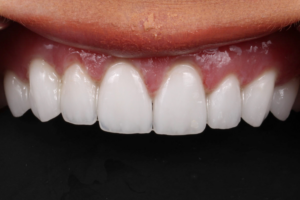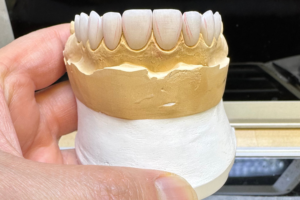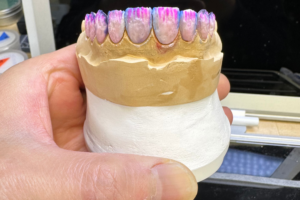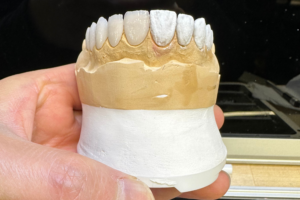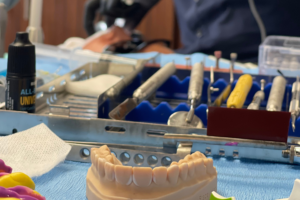 Xifaxan for Sibo: What the Research Says - Evidence Quality, Treatment Protocols, and Outcomes
Xifaxan for Sibo: What the Research Says - Evidence Quality, Treatment Protocols, and Outcomes
How Xifaxan Works Against Sibo Symptoms 🔬
A short course of rifaximin often feels like a reset for the troubled gut: the drug lingers in the intestinal lumen, suppressing bacterial replication by inhibiting RNA polymerase and lowering fermentation.
Patients notice bloating, gas and pain ease as gas production falls and transit steadies; watery stools often firm. Its poor systemic absorption concentrates action where SIBO resides, reducing collateral effects.
Researchers hypothesize modest microbiome shifts and anti-inflammatory signals contribute to symptom relief, but response varies. Clinicians combine therapy with diet and probiotics to optimise results Wich can reduce recurrence.
Clinical Evidence Quality: Trials, Limits, Strengths 📊

Teh clinical data for xifaxan in SIBO comes mostly from randomized trials and observational cohorts that show symptom reduction and breath test normalization. Many randomized controlled trials are modest in size, vary in diagnostic criteria, and use different endpoints (symptom scores, hydrogen or methane breath tests), which creates heterogeneity. Strengths include blinded designs and consistent short-term benefit signals; limits include short follow-up, inconsistent microbiologic confirmation, and variable retreatment protocols that complicate comparisons.
Meta-analyses pool these studies and generally report favorable effect sizes, but quality grading often downgrades evidence because of imprecision and risk of bias. Patient selection and diagnostic tests vary between centers, so generalizability is limited. Clinicians should interpret results with caution, appreciate Aparent gaps in long-term recurrence data, and advocate for larger, independent trials with standardized endpoints to better gauge durability and optimal treatment sequencing and real-world outcomes.
Standard Treatment Protocols: Dosing, Duration, Variations 💊
Clinicians often start with rifaximin (xifaxan) in a reflexive, evidence-based way: typical dosing targets the small intestine burden while minimizing systemic exposure and focusing on symptomatic relief and microbiome balance.
Common protocols use 550 mg three times daily for 14 days or 550 mg twice daily regimens; durations vary by response, with retreatment or longer courses used if symptoms persist or recur.
Occassionally clinicians cycle antibiotics, add probiotics or dietary strategies, and monitor response clinically; shared decision making guides risks, resistance monitoring, and longer term follow-up for relapse prevention care.
Combination Therapies and Antibiotic Cycling Strategies 🔁

Imagine a patient pacing between hope and frustration as symptom relief eludes them; clinicians often layer treatments rather than rely on a single shot. Studies suggest combining xifaxan with other antibiotics or targeted herbal antimicrobials can increase clearance rates in some SIBO subtypes, while adjunctive probiotics and prokinetics support microbiome recovery and motility. Teh approach is pragmatic but individualized.
Antibiotic cycling, alternating agents or sequences over weeks, aims to lower resistance and target mixed flora, but high-quality trials are sparse. Practical protocols vary: some clinicians repeat rifaximin courses, others rotate lincosamides or quinolones when appropriate, always monitoring symptoms and labs. Shared decision-making, stewardship principles, and retesting guide whether to continue, modify, or cease therapy periodically.
Clinical Outcomes: Symptom Relief, Recurrence, Long-term Data 📈
Many patients report rapid relief from bloating and abdominal pain after a xifaxan course, describing meaningful improvements to appetite, sleep, and work functioning often within a week—offering hope and measurable change in quality of life.
Clinical studies show symptom response rates vary by study design, with some trials reporting over 70% short-term benefit but lower long-term remission. These discrepencies highlight research gaps and the need for standardized outcome measures urgently.
Recurrence is common—many patients experience symptom return within months, prompting repeat or extended xifaxan regimens. Occassionally clinicians will add dietary, prokinetic, or probiotic strategies as part of individualized managment plans to reduce symptom burden overall.
Long-term data remain limited; cohort studies suggest a subset achieve prolonged remission, yet many require retreatment. Future research should measure durability, patient-centered outcomes, and cost-effectiveness to guide evidence-based pathways for chronic sufferers and clinical practice.
Safety, Side Effects, Resistance Concerns and Monitoring ⚠️
Rifaximin is generally well tolerated, its minimal systemic absorption meaning fewer systemic adverse effects but gut-related events like nausea, abdominal pain and headache occur. Serious infections such as C. difficile colitis are rare but possible, and patients with severe liver disease need careful assessment because encephalopathy has been reported. Occassionally transient increases in liver enzymes are noted.
Clinicians should monitor symptom response, consider stool tests for pathogens when new diarrhea arises, and use antibiotic cycling or combination therapy sparingly to reduce resistance risk. Routine bloodwork isn't mandatory for most, but baseline liver tests and close follow-up are recomend for at-risk patients. Shared decision-making and antibiotic stewardship help balance benefit and long-term safety with clinical reassessment. MedlinePlus: Rifaximin PubMed: rifaximin and SIBO



